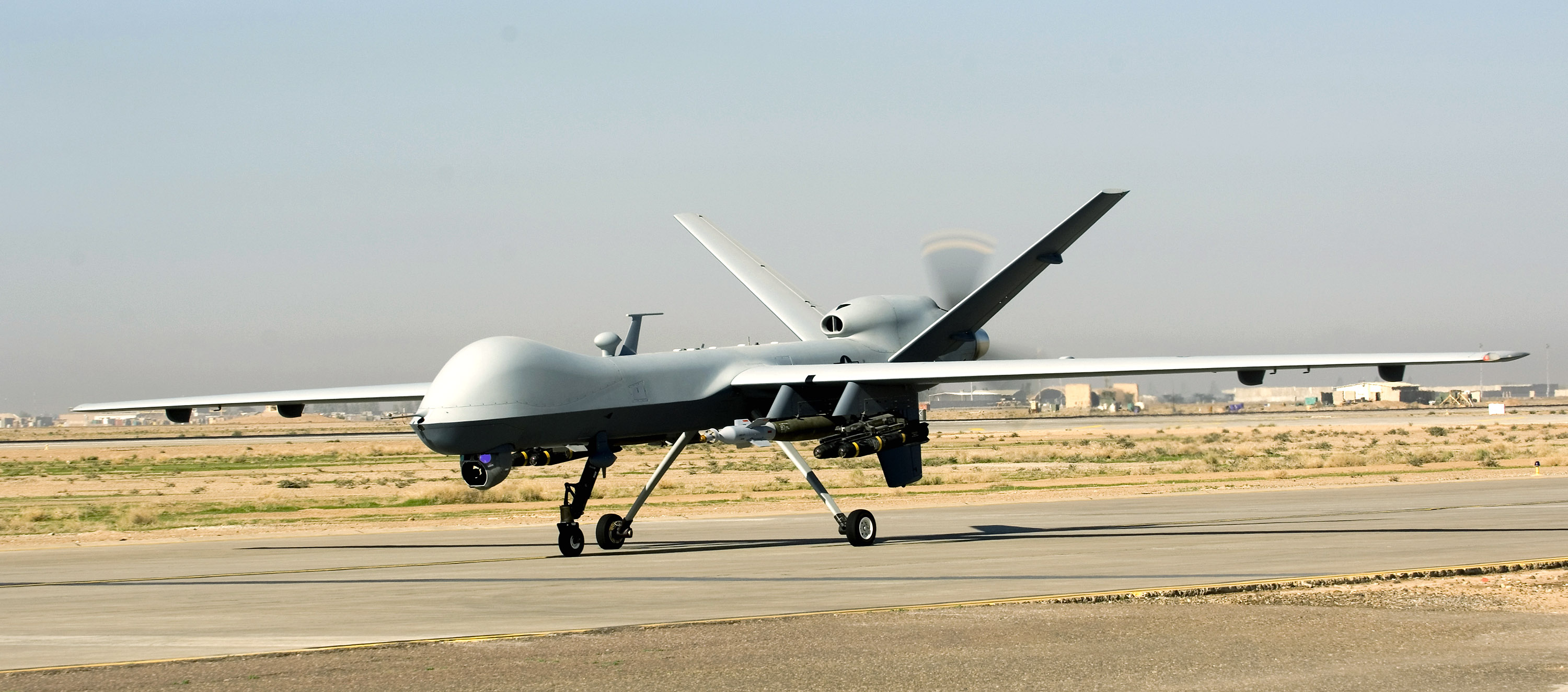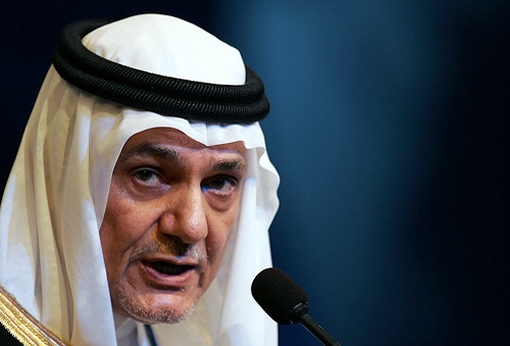The recent loss of a United States RQ-170 Sentinel unmanned aerial vehicle (UAV) to the Islamic Republic of Iran, and Pakistan’s removal of a United States UAV base in its territory have brought the issue of remotely piloted drones to the forefront of international relations. New developments in drone capabilities, including longer flight distances, the ability to remotely control the aircraft, and the addition of precision weaponry have greatly increased drone visibility and thus increased the necessity for the international community to address the usage of drones. While the U.S. has been operating UAVs in foreign airspace for well over 50 years, it has yet to develop satisfactory international agreements governing their usage.

The U.S. first began experimenting with UAVs during the Second World War by outfitting a variety of planes to respond to remote radio controls, and often packing them with explosives for suicide missions. These aircraft were rarely effective, and none went into major use. It was not until the mid-1990s, under President Clinton, that the U.S. first began using drones more effectively and in large numbers. During NATO operations over Bosnia, Kosovo and Serbia, UAVs with expanded capabilities were fielded to maintain surveillance of important targets, particularly air-defense systems. Drones such as the RQ-5 Hunter, RQ-7 Shadow, and the MQ-1 Predator had highly efficient engines which allowed them to loiter above targets for hours, while new imaging technology allowed them to stream regular and infrared video directly to the screens of their operators. In early 2001, the U.S. Air Force (USAF) successfully experimented with launching precision-guided anti-tank missiles from the UAVs, a technique that has since become a cornerstone in the U.S. drone program.[1][i] This combination of loiter time, visual capabilities, and armament eventually changed drones from passive reconnaissance vehicles into devastating offensive weapons.
With the beginning of the War on Terror in September of 2001, UAVs became a key part of U.S. military and intelligence operations. Predator drones armed with anti-tank missiles were deployed to Afghanistan in large numbers, and have since been used to target senior al-Qaeda leaders and members of Taliban and Haqqani networks. While Predators primarily reconnoitered targets for USAF fighter jets, their offensive capabilities have also been put to use. During late 2001, Predators were used to fire Hellfire missiles in support of ground troops in Afghanistan and, in 2002, against al Qaeda personnel designated by the CIA in Yemen. The wars in Afghanistan and Iraq have seen the Predator used to fire hundreds of missiles in support of counterinsurgency operations and have signaled a transition from reconnaissance drone to attack aircraft.
The ability of the Predator to circle over a target for up to 24 hours at a time has made it extremely useful for surveying suspected insurgents, as well as observing roads, base perimeters, and other areas insurgents might attempt to plant bombs or otherwise attack. More importantly, the aircraft does not have to land until they run out of fuel, whereas a manned aircraft is forced to land and change pilots several times per day. In fact, the pilots of the drones are rarely in the same country as the aircraft they operate; the USAF controls its Afghan and Pakistani drones from Nellis and Creech Air Force Bases in Nevada, using military satellites to broadcast signals from operators to drones around the world.[2][ii] Taking advantage of this capability, the CIA has used the Predator extensively for operations targeting Islamic militants in Pakistan and Yemen, such as the operation in Yemen where al Qaeda figurehead Anwar al-Awlaki was killed by Predator-fired missiles.
Currently, the USAF operates more than 250 Predators, as well as 47 Reapers, and plans to buy 350 more Reapers through fiscal year 2016. In addition, USAF operates dozens of larger aircrafts, including the RQ-4 Global Hawk and the RQ-170 Sentinel, for long-range surveillance. The U.S. Army also operates many Predators, while the Navy and Marine Corps operate small UAVs of several different types, resulting in a combined total of over 3,000 UAVs operated by the US military as a whole.[iii] Compared to the pre-9/11 period, where the number of drones in the US inventory numbered dozens, this growth is explosive. However, even with these great successes, the Predator’s replacement, the MQ-9 Reaper, is already being produced. With a maximum payload more than double the Predator’s, the Reaper also includes laser and GPS guided bombs in addition to missiles. This rapid weaponization of drones has been paralleled by a major increase in drone usage by the U.S. military.
This rapid increase in UAV use is not limited to the U.S. military; NATO has adopted a Standardization Agreement on UAVs, with the United Kingdom and Italy adopting the Predator, and the European Aeronautic Defense and Space Company working on an armed stealth drone for the German and Spanish militaries.[iv] Non-NATO countries such as Russia, China and Israel also have advanced UAVs that rival U.S. designs, and Israel in particular has made widespread use of UAVs. The last decade has seen a worldwide increase in drone use and capabilities, but without the creation of corresponding political and legal guidelines.
From the perspective of United States Domestic Law, the statutory restrictions for the use of drones lie with the President. After the September 11th attacks, Congress passed a joint resolution entitled the ‘Authorization for use of Military Force’ (Public Law 107-40) that outlines, under the War Powers Act, how the President can respond to threats. This short resolution states that;
“The President is authorized to use all necessary and appropriate force against those nations, organizations, or persons he determines planned, authorized, committed, or aided the terrorist attacks that occurred on September 11, 2001, or harbored such organizations or persons, in order to prevent any future acts of international terrorism against the United States by such nations, organizations or persons.”
From an international perspective the actions of the United States are legal as well. In Security Council Resolution 2011, the yearly update of the Use of Force by International Security Assistance Forces (ISAF) in Afghanistan, Article 2 states that it “Authorizes the member states participating in ISAF to take all necessary measures to fulfill its mandate.” These dual resolutions, both domestic and international, give the President of the United States extremely wide discretion as to the Use of Force in central Asia against those who would jeopardize global security. This broadly defined discretion has led to the violation of the sovereignty of nations to eliminate targets the United States sees as a threat.
In Pakistan alone since the Obama administration took office, it is estimated that 2,900 deaths have occurred as a result of drone strikes.[i] These strikes are known as ‘Targeted Killings’ and are defined as “The use of lethal force attributable to a subject of international law with the intent, premeditation and deliberation to kill individually selected persons who are not in the physical custody of those targeting them.”[ii] The decision to make a Targeted Killing is delegated to a commander who oversees the operation of the drones and in turn orders an operator to make the deadly shot. Currently these people in place ensure the highest level of discipline when using deadly force with drones, but there are no legal ramifications in place for when mistakes are made, there is no accountability, and there is no congressional oversight.
The increased automation of the entire drone network also adds another legal dimension to the issue that must be addressed by a regulatory body either domestically or internationally. How long will it be before we see the world’s first drone versus drone combat? Is this a viable alternative to current conflict? If so, how do we determine a winner? These are the questions that lawmakers must be asking themselves when they approve defense spending budgets with increased research and development for drone technology. In our lifetimes the technology that is created as a result of the technology being implemented today will be an intertwined part of our lives. The question we must all ask ourselves is to what extent do we want these drones to actually be a part of our lives, and how much control do we want to give up to them?
[ii] Solis, Gary D. (2010) The Law of Armed Conflict: International Humanitarian Law in War. Cambridge University Press. P. 538.
[i] Statement of DCI George Tenet to 9/11 Commission
http://www.9-11commission.gov/hearings/hearing8/tenet_statement.pdf
[ii] See Matt J. Martin, Predator: The Remote-Control Air War Over Iraq and Afghanistan
[iii] Congression Budget Office. www.cbo.gov/doc.cfm?index=12163&type=1p 22
USN Budget www.finance.hq.navy.mil/FMB/12pres/APN_BA1-4_BOOK.pdf pp 194-208
USAF budget book 1 http://www.saffm.hq.af.mil/shared/media/document/AFD-110211-038.pdf pp 253-65
USAF Budget book 2 www.saffm.hq.af.mil/shared/media/document/AFD-110211-039.pdf p 495
[iv] NATO allies to ratify major agreement on interoperability of unmanned air vehicles (UAVs)
http://www.nato.int/cps/en/SID-12B0EF59-84D02DC6/natolive/news_19271.htm?selectedLocale=en
EADS Barracuda Factsheet – http://air-attack.com/page/75/EADS-Barracuda.html
[vi] Solis, Gary D. (2010) The Law of Armed Conflict: International Humanitarian Law in War. Cambridge University Press. P. 538.


